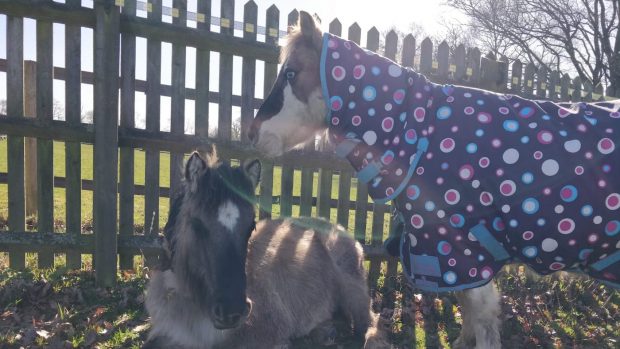Q. My mare was diagnosed with ragwort poisoning last autumn after developing lesions on the unpigmented skin on her legs. My vet treated her with various diuretic powders because her legs were swelling with oedema when she was standing in her stable. Many months later the burns healed.
She is now showing mud fever-like symptoms again and has ozzing burns in all four white legs. There is also some swelling on one hind leg. My vet has told me she should be stabled during the daytime to avoid the worst of the sun’s rays. He has also informed me that my mare would probably always have this trouble. Do you have any suggestions on a holistic cure for this complaint?
A. Thank goodness your mare has areas of white pigmentation. Without them you wouldn’t have been alerted to her problem until much later.
Photosensitivity is a common sequel to liver damage as photoactive plant substances are not effectively detoxified by the damaged organ. It is possible that this could be a long-term problem as the liver can take months or even years to regenerate to its previous functional capacity. Sometimes damage is reversible.
Certain homeopathic remedies, such as Thuja, Rhus venenata and Sol, can help soothe the skin legions.
Thuja is a classic herbal remedy for mud fever. It can also be used in this context as these legions resemble mud fever and, therefore, the same remedy will help. Use Thuja 30c potency twice a day for five days only at a time. This remedy will work best on itchy, smelly lesions that benefit from warm bathing.
Rhus venenata is used on horses that demonstrate aching joints and stiffness that is worse in cold and damp weather. This is similar, and related to, Rhus tox. The two should not be confused.
The lesions that respond best to Rhus venenata are much less itchy if bathed with hot water, but be careful not to burn the skin. With a Rhus venenata lesion she will allow and enjoy you gently rubbing and scratching them.
Sol is a remedy made up using sunlight. It can be useful for conditions that are light-sensitive such as this. Dosage would be using Sol 30c twice daily for seven days intially and then as required.
For the best chance of improvement, I’d recommend ringing the British Homeopathic Association (tel: 020 7566 7800) to find your closest complementary veterinary practitioner. After examining your horse, they will be able to select remedies that get to the root of the problem.
For more alternative Q&As see the October issue of HORSE magazine, out now, or click here to subscribe online at a reduced rate.


